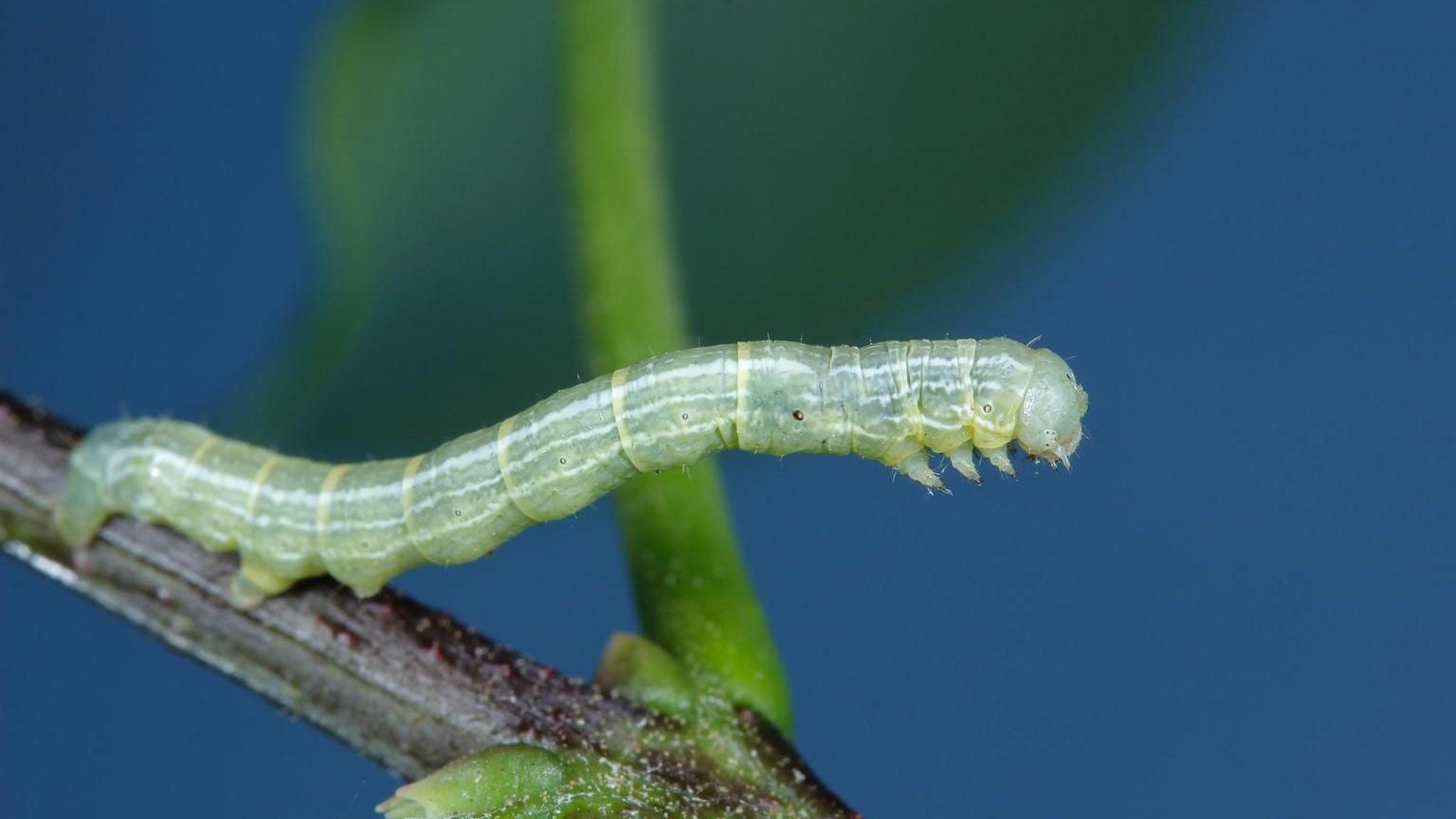Key points
- There are two species of cankerworms that can be a problem on shade trees: spring cankerworm (Paleacrita vernata) and fall cankerworm (Alsophila pometaria).
- They attack many forest and shade trees but prefer apple, elm, oak, hickory, linden, birch, beech, and maple.
- Caterpillars of both species have green and brown to gray forms and may be found feeding together in the spring.
- To distinguish between the two species the spring cankerworm has 2 pairs of prolegs while the fall cankerworm has a small 3rd pair.
- Leaf damage initially appears as shot holes.
- In heavy infestations, the leaves appear shredded and trees may be defoliated.
- Caterpillars finish feeding in late May or early June in the mid-Atlantic.
Management
- Monitor trees to determine if control is necessary.
- Bacillus thuringiensis (or Bt) can be used in the spring when leaves of infested trees are 50% expanded.
- A registered chemical insecticide will be necessary when heavy infestations are found after mid-May.
Rev. 2020
